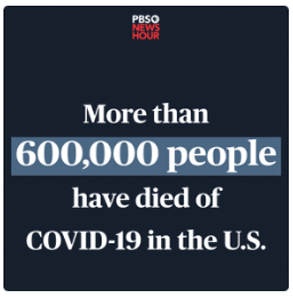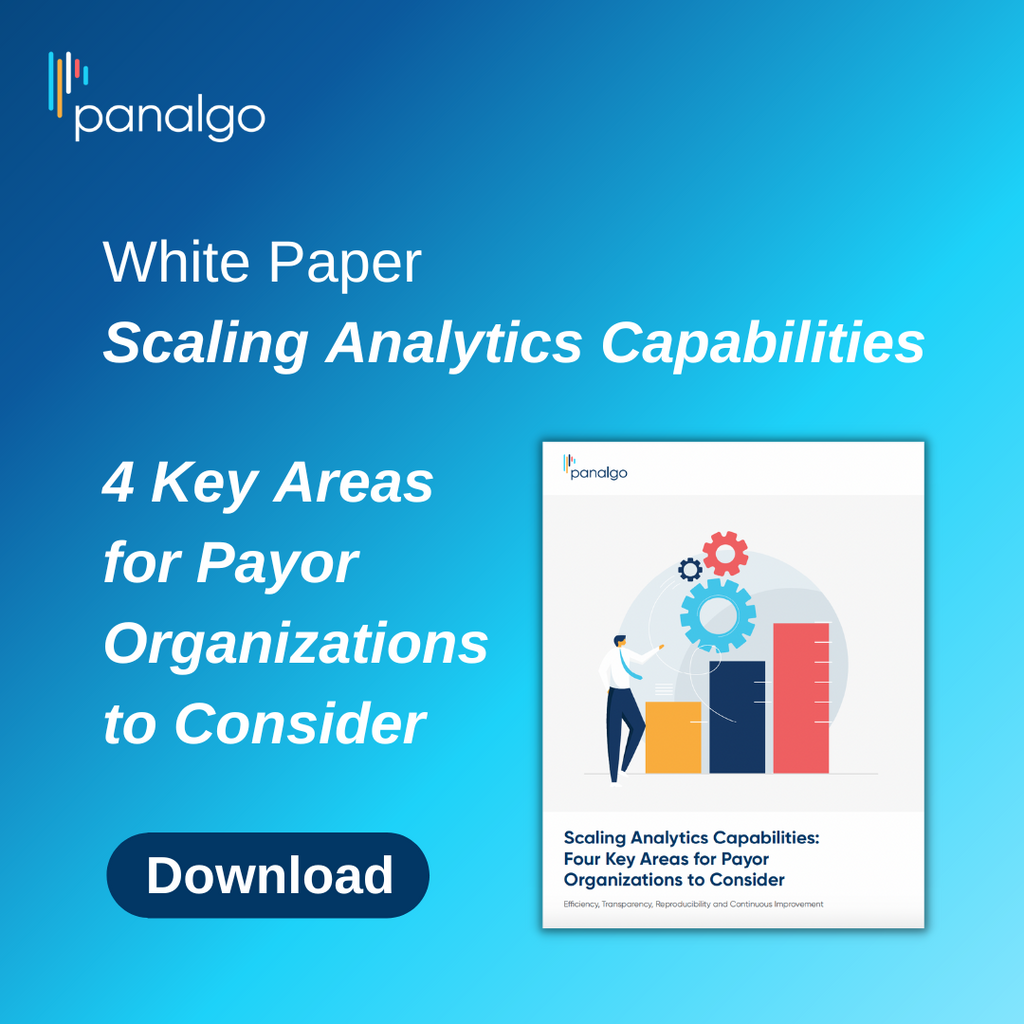Health Plan Weekly
-
What Happens if ARPA Subsidies Expire?
Approximately 3 million people currently enrolled in the individual marketplace could lose coverage, and more would see premiums double if the Congress fails to extend the American Rescue Plan Act’s subsidies, which are set to expire at the end of this year.
ARPA lowers the share of income enrollees need to contribute toward premiums for households making between 100% and 400% of the federal poverty level, and it temporarily caps enrollees with income above 400% of the FPL from paying more than 8.5% of their income for a silver plan premium. If the subsidies expire, 8.9 million people would be allowed to remain in the marketplace but experience premium subsidy loss. An additional 1.5 million may lose subsidies entirely but choose to remain insured, according to an HHS projection.
-
News Briefs: System-level Deals Dominate Hospital M&A
Recent hospital transactions have mainly involved large hospital systems combining with other big providers, according to a report by Kaufman Hall. During the second quarter of this year, the smaller party of hospital mergers that took place in the quarter had revenues of $1.47 billion on average — more than double the average value of the smaller partner in transactions between 2016 and 2021. Overall, hospital deal volume has slowed, with only 13 transactions announced in the second quarter of 2022 compared to a recent high of 31 transactions in the second quarter of 2017. “We’re seeing that what used to be a hospital M&A game is become a bit more of a system M&A game,” Kaufman Hall managing director Anu Singh told AIS Health earlier this year.
-
Medical Trend, Increases in Utilization Will Drive Up 2023 Marketplace Premiums
Premiums on the individual marketplace are set to increase by an average of 10% nationally, according to an analysis by the Kaiser Family Foundation (KFF) of the first batch of preliminary premium rate filings sent to state exchange regulators. The filings are just the first in several steps before carriers lock in rates for open enrollment for the 2023 plan year, and don’t represent the final price of those premiums. But experts tell AIS Health, a division of MMIT, that utilization and medical trend mean that substantive price increases are a certainty — even if Congress extends the American Rescue Plan Act’s (ARPA) enhanced premium tax credits, which are set to expire at the end of this year.
-
UnitedHealth Plans on Eliminating Out-Of-Pocket Costs for Some Drugs, Raises Financial Guidance
Starting as early as next year, UnitedHealth Group expects to have no co-pays or out-of-pocket costs for members in its UnitedHealthcare division’s standard fully insured group plans who take several medications, including insulins. The managed care organization made the announcement on July 15, coinciding with the release of the company’s second quarter financial results that beat Wall Street analyst expectations.
UnitedHealth increased its adjusted net earnings per share (EPS) guidance for the year to $21.40 to $21.90, up from its previous guidance of $21.20 to $21.70 issued during its first quarter earnings call in April.

-
Elevance Delivers Robust Enrollment, Revenue Growth in Second Quarter
Elevance Health Inc. (formerly known as Anthem, Inc.) posted strong results for the second quarter of 2022, raising its end-of-year earnings projection and earning praise from Wall Street. However, the company’s strong results — which were driven by high profitability in Medicare, Medicaid and PBM earnings — could be less robust in the third quarter, executives said, with COVID-19 surging once again due to the BA.5 variant.
The insurer reported adjusted earnings per share (EPS) of $0.29, which beat the Wall Street consensus of approximately $0.28 by 4%, according to Evercore ISI analyst Michael Newshel. According to an Elevance press release, revenue grew by 15.6% year over year to reach $38.5 billion, while profits grew by 13.7% year over year to nearly $2.4 billion. Enrollment reached 47.1 million members, up 2.7 million or 6.1% year over year. The medical loss ratio (MLR) companywide was 87%.












